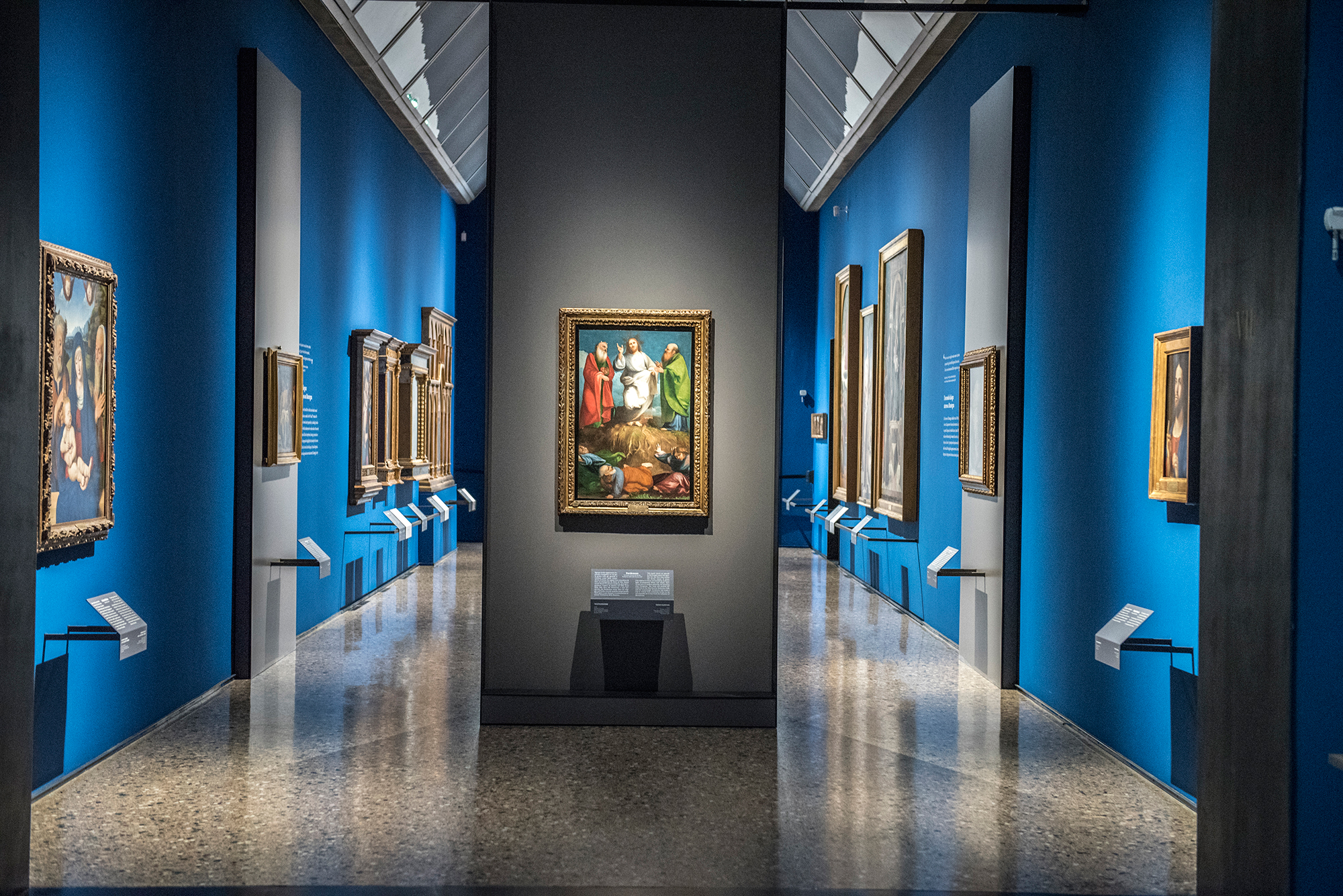
Exhibition View in Pinacoteca di Brera
Pinacoteca di Brera (in English, the Brera Picture Gallery), as the first museum in Milan and one of the most outstanding art galleries in the world, was founded in 1809 by Napoleon I. The museum is internationally renowned for its rich collections of Venetian and Lombard paintings from the Renaissance and Baroque periods.
Dr. James M. Bradburne is a British-Canadian architect, designer and museum specialist who has worked as the Director General of Pinacoteca di Brera since 2015. With a talent for making the experience of viewing art enjoyable and educational, Bradburne has reconfirmed the original vision and illustrious heritage of the museum with revolutionary strategies. While putting an emphasis on changes and communication, he has made this museum with a history over 200 years become more experimental and attractive for art lovers. Under the impact of COVID, museums have undergone setbacks in a global sense. CAFA ART INFO took the opportunity to conduct an interview with Dr. James M. Bradburne on his thinking about the future developments of museums and art education.

Portrait of Dr. James M. Bradburne, Director General of Pinacoteca di Brera
Interviewee: Dr. James M. Bradburne | Interviewer & Editor: Sue Wang
Interview Date: April 22, 2020
CAFA ART INFO: Brera Academy is one of the best art academies in Europe, and Pinacoteca di Brera is also an art institution with the most important collection for Renaissance and Baroque paintings. Since Pinacoteca di Brera became a public art museum in Milan in 1882, this outstanding art institution has not only served students from art academies, but it has also attracted visitors from all over the world. Since you served as the Director of Pinacoteca di Brera in 2015, this museum has also exuded new vitality, what do you think are the most valuable and challenging tasks in your work?
Dr. James M. Bradburne: The Pinacoteca di Brera was originally seen by Napoleon as a resource for the students of the Academy, as was the Louvre. In fact, he wanted to make Brera ‘the Louvre of Italy’. My work since 2015 has been in part to recover the revolutionary vision of Napoleon, which was that of the Enlightenment, a vision expressed in full by the great directors of the 20th century: Ettore Modigliani, Fernanda Wittgens (Italy’s first woman director) and Franco Russoli. Their vision of the museum as a vital instrument for popular education, democratic participation and social activism is one I also share, so their vision helped us to recover the values on which Brera was originally founded. These values underlie our commitment to accessibility, public education and contextualizing the expert voice by making the museum a site for discussion and debate for all ages and backgrounds. In this way we have also reconfirmed the central importance of Brera to Milan and the Milanese.
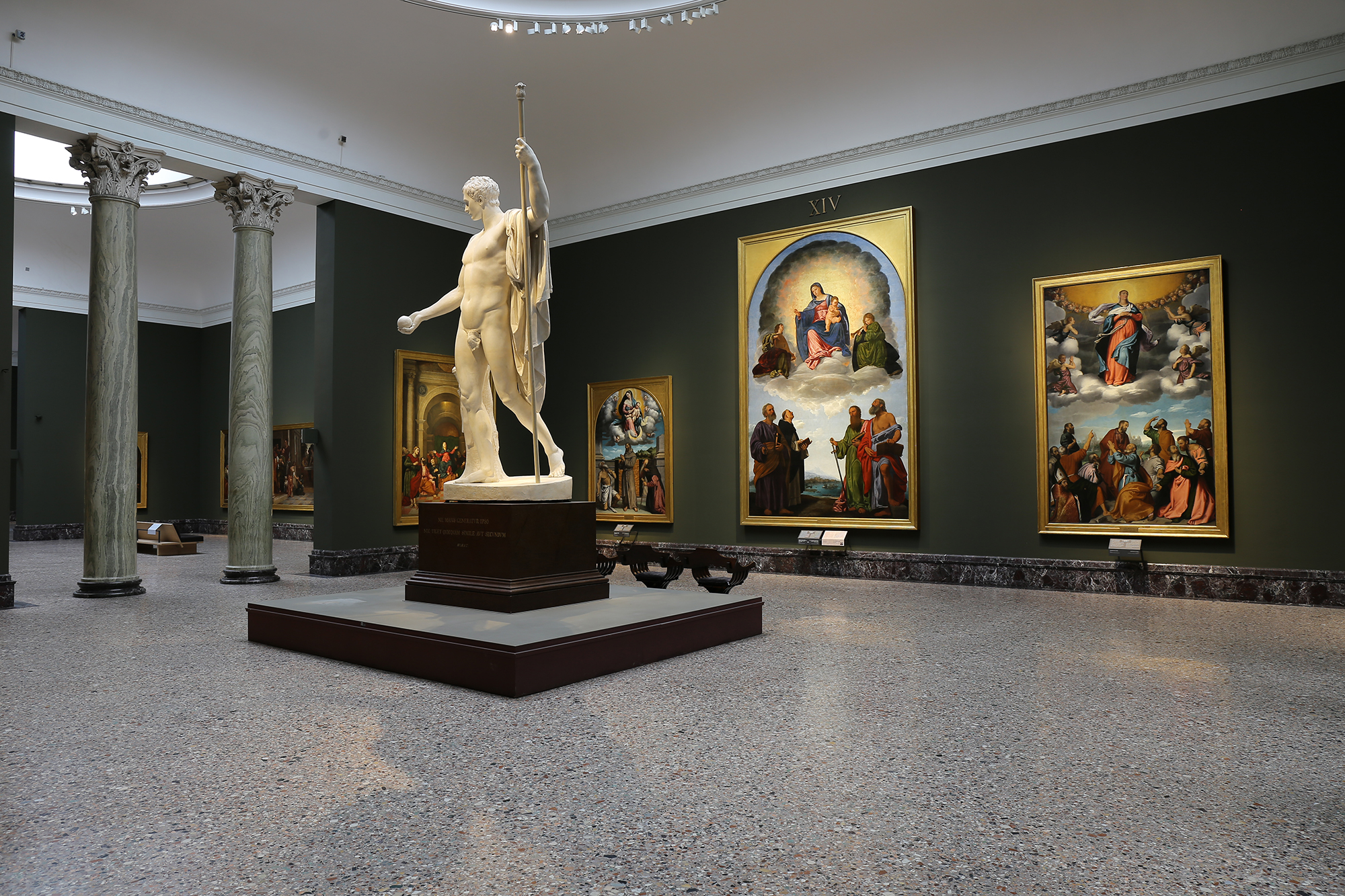

Exhibition View in Pinacoteca di Brera
CAFA ART INFO: The sudden impact of the pandemic since early 2020 that spread from Asia across the world, with Italy being the most severely affected area in Europe. Where were you when this outbreak occurred? Has your work and life been affected by this? What strategies has Pinacoteca di Brera taken in response to the influence of the pandemic?
Dr. James M. Bradburne: It is true that the virus appears to have originated in Asia, but in fact it could have emerged anywhere. I was working in Italy as Director of the Pinacoteca when the first news arrived, and followed the events closely as I have very many Chinese friends, and I was worried for their safety. It soon became clear that the virus had become an international problem, and Italy was the first country to be affected. I am very grateful now to China and my Chinese friends for their concern and their help with much-needed medical supplies. When the lockdowns of three Lombard towns were first announced, we began to prepare for the worst, although I continued to travel. The Region closed the schools and museums February 23rd, and although the closure of the museums was temporarily relaxed the following week, we decided not to reopen. Instead, we mobilised very quickly to shift all our normal activities online – a project that was already well underway before the crisis – and create ‘Notes for a cultural resistance’ to show that even with the doors closed, the museum could continue to serve its community. This initiative was followed in the next weeks by similar initiatives on the part of other museums, theatres and other cultural institutions. I returned to my home in Florence for the weekend as I normally do on Friday evening – by Saturday I was not allowed to leave the house, and have been running the museum ever since by teleconference. Our regular meeting schedule has remained the same, but the amount of communication has increased enormously, given the constantly changing epidemiological situation, and the responses of every level of government to contain the infection, which sometimes results in confusion.


Exhibition View in Pinacoteca di Brera
CAFA ART INFO: The crisis caused by the pandemic has brought a lot of negative impact on the art world, as most people need to stay at home, the number of tourists has greatly reduced and most public institutions are closed to curb the development of the pandemic. The immediate consequence is that many people are unemployed or forced to take “furlough”. Will the pandemic affect the future operation and exhibition plan of Pinacoteca di Brera?
Dr. James M. Bradburne: Certainly the pandemic will have a devastating effect on the budget, which depends in part on ticket and event revenue – we expect less than half the number of visitors this year, and events are now impossible, and we do not expect to see this situation change for some time, perhaps several years. Fortunately we had already decided in 2015 not to base our cultural strategy on tourism, but on serving the local community, nor on blockbuster exhibitions, which we also stopped doing in 2015, so the effect will not be as severe as it will on some institutions. The confrontations between our masterpieces and works from other collections – such as that between Raphael’s Marriage of the Virgin and the famous Song Dynasty scroll by Zhang Zeduan – will be now done online, which in some senses creates new and interesting opportunities that would have been impossible in the museum spaces. We have to look at this crisis also as an opportunity to explore making the museum experience accessible to new audiences in new ways.
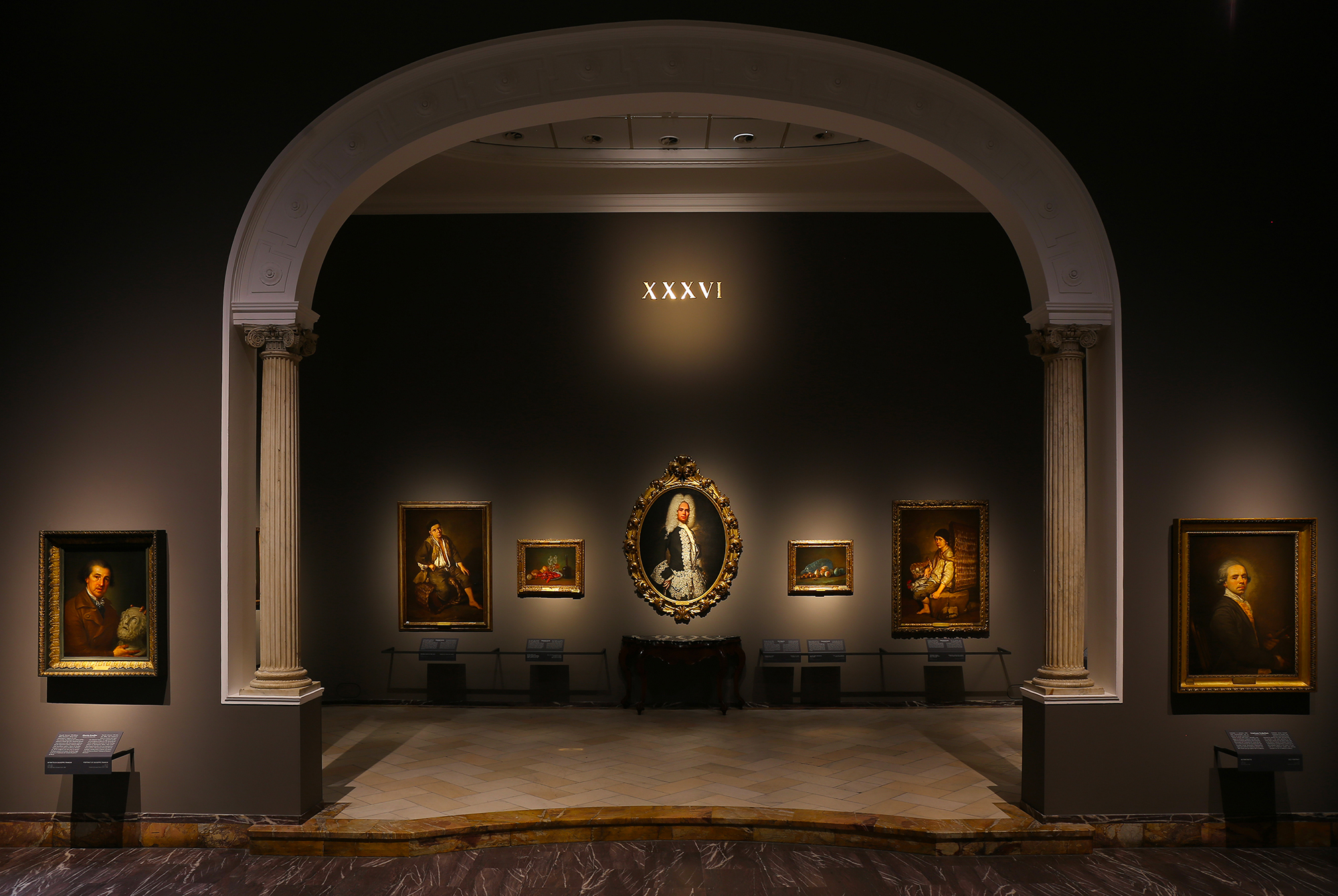
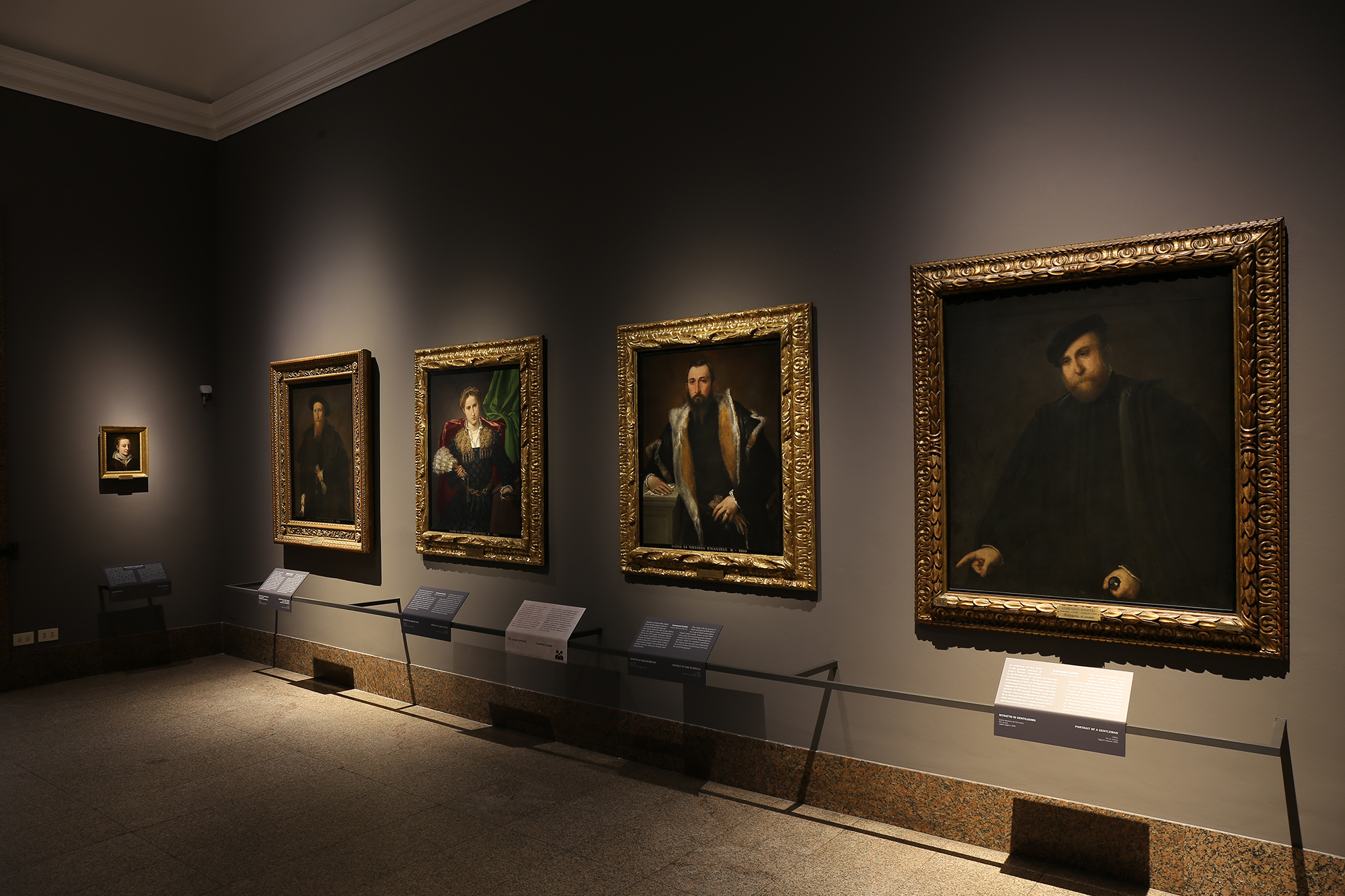
Exhibition View in Pinacoteca di Brera
CAFA ART INFO: As the physical spaces are temporarily unavailable to the public, many museums and art galleries around the world have adopted the form of an “online virtual exhibition.” What do you think are the pros and cons of this form? In the long run, what impact will it bring to the international art world?
Dr. James M. Bradburne: The shift to online was inevitable, and for many museums it took a pandemic to make them realise this. However online does not mean simply showing a guided tour of the museum on the internet. Just as a museum is not just its collection, neither is a virtual tour a real museum experience. We have to explore not how to create a simulacrum of the museum online, but how to create those moments that can occur in the museum that potentially transform a person’s life. This means online interactivity, involving the public actively not passively. If all we do is preach to our visitors online, we will never be able to compete with the huge amount of online cultural content produced by much better, more competent media companies. A museum must remain true to itself, and communicate its uniqueness – now especially online.
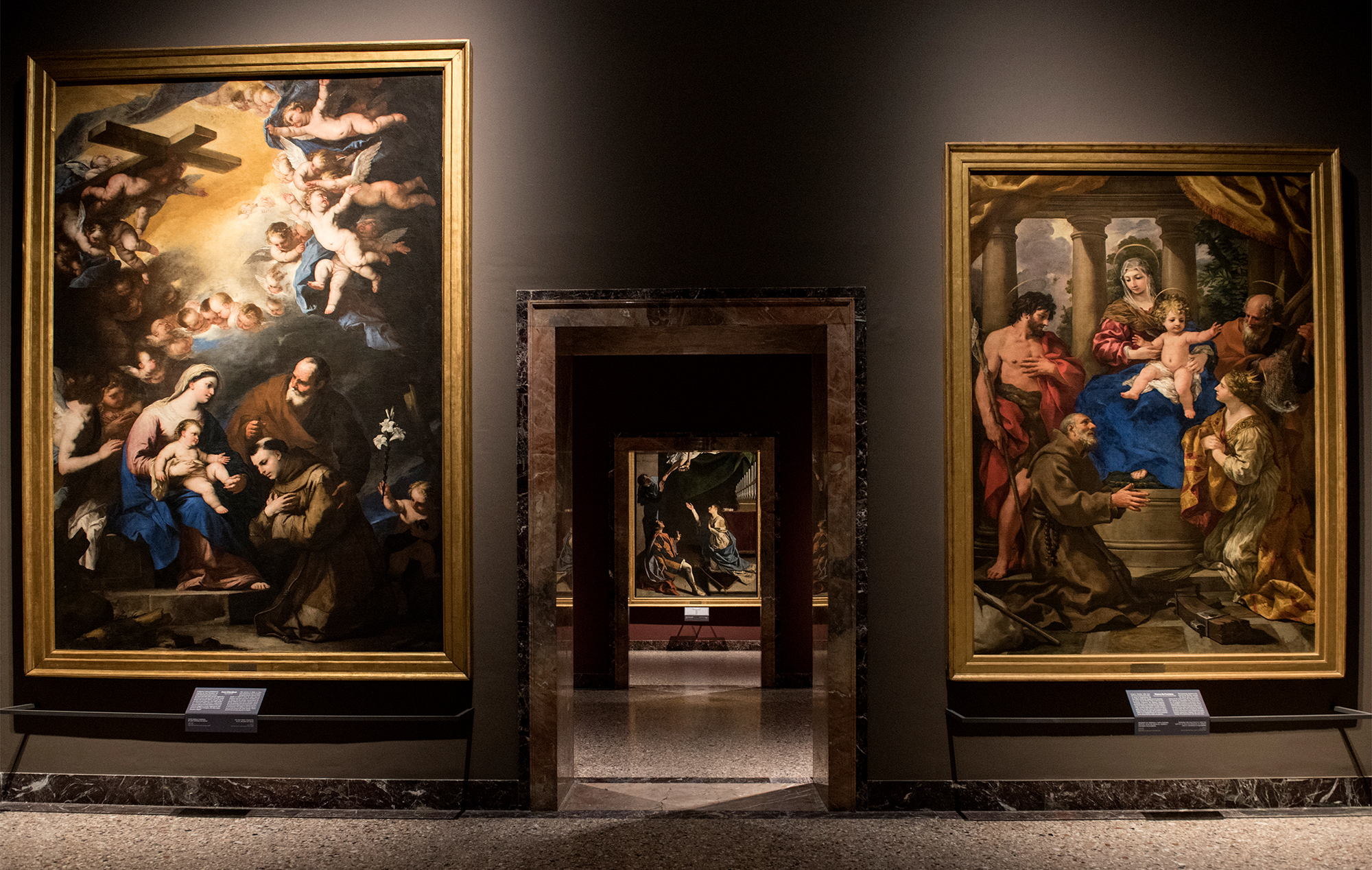
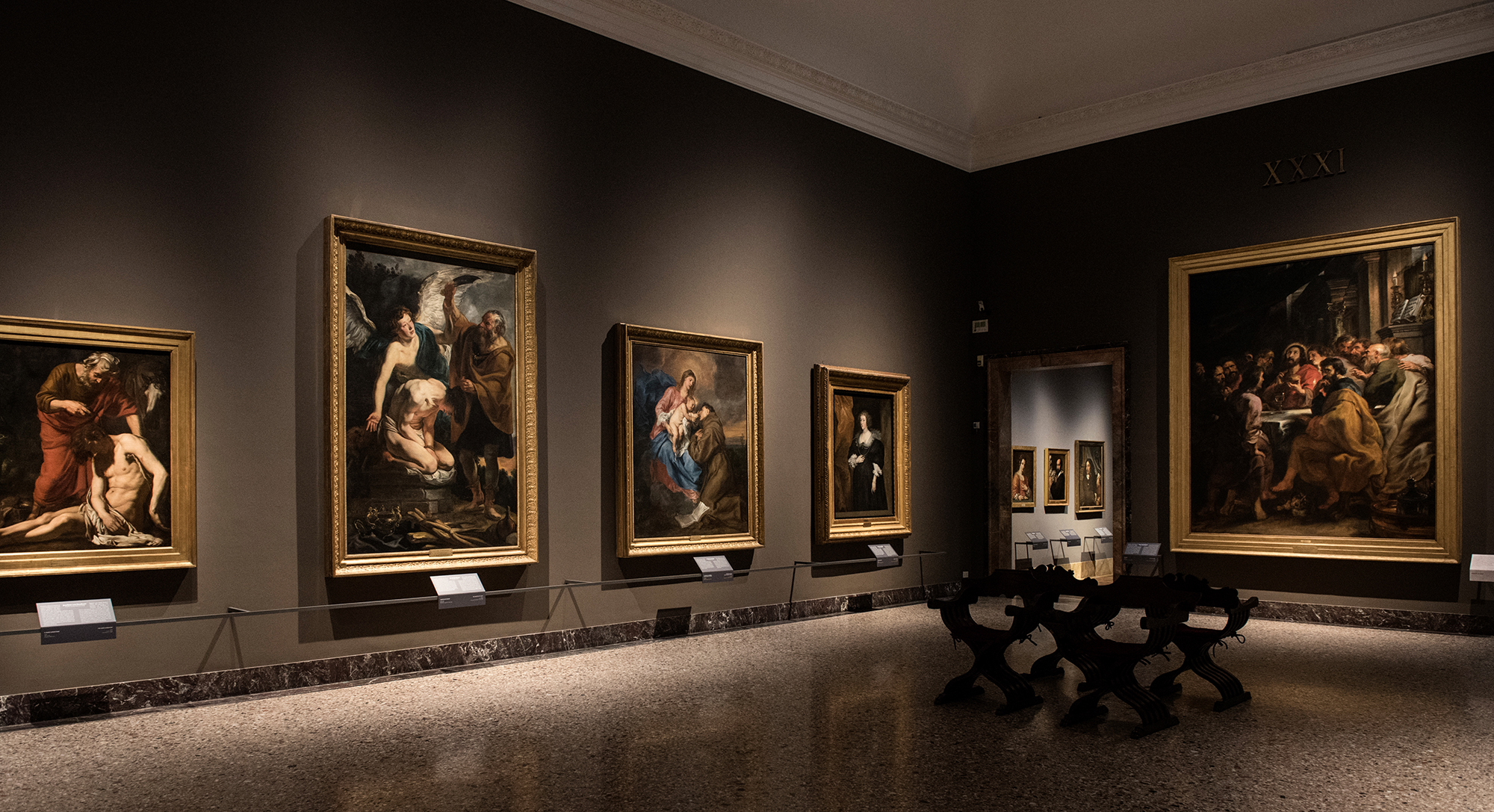
Exhibition View in Pinacoteca di Brera
CAFA ART INFO: You once mentioned, “people who come to the museum need to be transformed, they need to have an emotion.” As a British gentleman working in Italy, you must undoubtedly have a deep feeling for Italy and Italian culture. A few days ago, it was reported that some directors of museums in Italy have jointly applied for the establishment of a national art and culture fund in Italy to ensure that Italian culture and art can be “alive.” Have you participated in this? What do you think of such a strategy?
Dr. James M. Bradburne: As a British gentleman I also believe deeply in autonomy, innovation and creativity, and believe that we can work together with other institutions to create solutions to our challenges that do not depend on support from the national government. Of course any and all support is welcome, and we too will need the state to help cover the massive deficit we will face this year and next, but the first response has to be to re-imagine our business model, and collaborate with other local cultural institutions to create resilient, sustainable solutions in the medium and long term. We cannot expect the taxpayer to come to the rescue every time, and now the priority should be on strengthening our medical system, protecting those at risk and supporting the millions of people who are losing their jobs due to the pandemic. Museums serve the people. We need a healthy society, and as long as we do not place our heritage at risk, we can let people’s welfare come first.
CAFA ART INFO: In recent years, many Italian art institutions have increasingly attached an importance to cooperation and an exchange with Chinese art institutions. You have also been invited by the Central Academy of Fine Arts to participate in the International Art Education Conference in Beijing. Pinacoteca di Brera has also held special exhibitions for contemporary Chinese artists. What do you think of the development of contemporary Chinese art in recent years? And what do you think of art education in China now?
Dr. James M. Bradburne: I think China has been for some time, and continues to be, a leader in contemporary art in its broadest sense (not just art that looks like Jeff Koons). In terms of art education, I am impressed by the enthusiasm with which Chinese institutions are exploring new solutions and new approaches. I do think, however, that China still has much to learn if its approaches to art education, interactivity and experimental museology are to compete with other countries such as Australia, New Zealand, Canada, Holland and the United Kingdom. Fortunately we are all part of the same large community, and share the same goals and many of the same practices, so ongoing collaboration remains the key to the development of innovation educational strategies wherever we are.
Photo Courtesy of the Interviewee and Related Organizations.
Note: The views and opinions expressed in this interview are those of the interviewee and do not necessarily reflect the official policy or position of CAFA ART INFO and its employees.




























